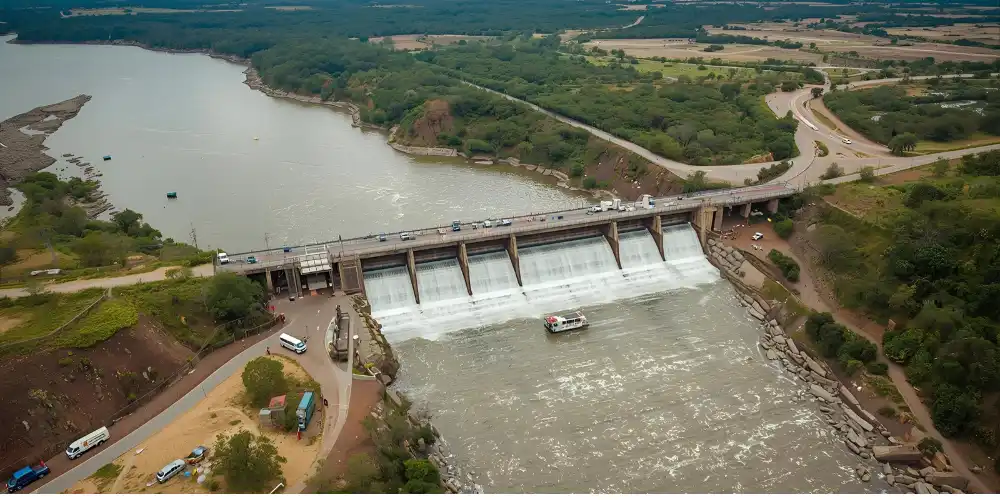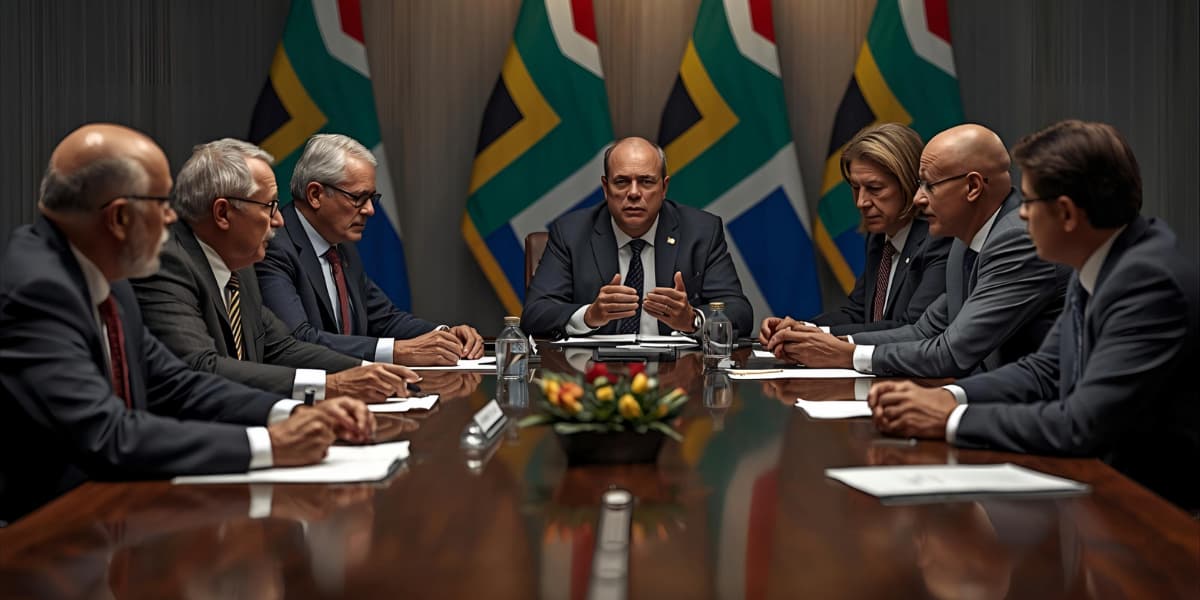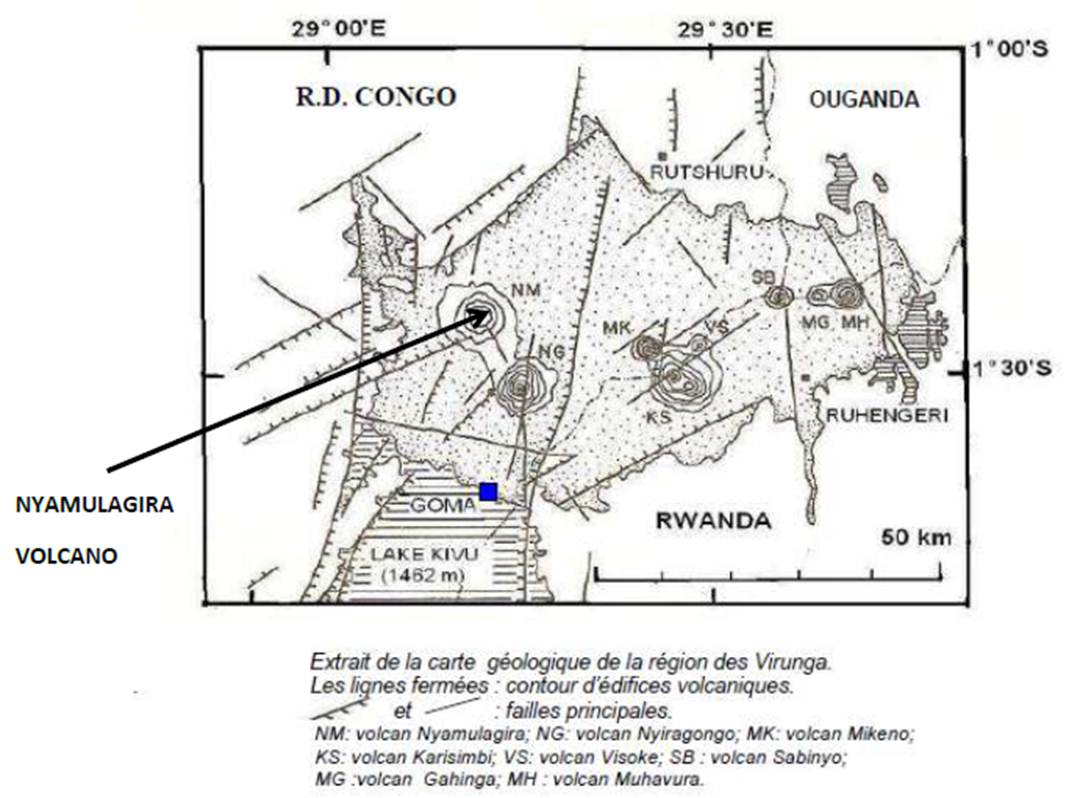Mphanda Nkuwa Hydropower Project: Mozambique’s 1,500 MW Renewable Energy Initiative
Overview of the Mphanda Nkuwa Project
The Mphanda Nkuwa Hydropower Project represents a major milestone in Mozambique’s pursuit of sustainable and reliable energy. Located on the Zambezi River, the project is designed to produce 1,500 MW of electricity, enough to power millions of households and businesses across the country. The initiative is not only a national energy solution but also a strategic infrastructure investment for the Southern African region.
The project began with feasibility studies conducted over several years, assessing hydrological, geological, and environmental conditions to ensure that the dam’s construction is viable and sustainable. With growing energy demand in Mozambique, the Mphanda Nkuwa project addresses a critical gap in the national power grid, contributing significantly to economic growth, industrial development, and social advancement.
Project History and Planning
The concept of the Mphanda Nkuwa Hydropower Project dates back to the early 2000s when Mozambique’s government identified the need to expand its electricity generation capacity. Initial studies involved international engineering firms that conducted in-depth surveys of the Zambezi River basin, evaluating potential dam sites for hydrological efficiency and environmental impact.
Following extensive feasibility analysis, the government of Mozambique, in partnership with international investors, approved the project design. Over the years, negotiations and environmental assessments were conducted in compliance with international standards. This careful planning phase has been crucial in ensuring the project’s technical, economic, and social sustainability.
Project Details
The Mphanda Nkuwa dam is designed as a concrete gravity dam, standing approximately 103 meters high. Its reservoir will cover an estimated 97 km², allowing for substantial water storage and controlled release to maximize energy production. The 1,500 MW generated will be distributed to Mozambique’s national grid and exported to neighboring countries, enhancing regional energy security.
Key components of the project include turbine halls, spillways, transmission lines, and substations. Advanced engineering techniques are being employed to ensure operational efficiency, safety, and resilience against extreme weather events. The hydropower station will use multiple Kaplan turbines optimized for large-scale river flow, ensuring maximum energy conversion.
Key Stakeholders
The Mphanda Nkuwa project is a collaborative effort involving several prominent international companies and institutions. Leading the consortium is Électricité de France (EDF), providing engineering and technical expertise. TotalEnergies contributes with strategic investment and project management experience, while Sumitomo Corporation brings global financing and construction knowledge.
In addition, the Mozambican government and its state-owned company, Hidroeléctrica de Cahora Bassa, play a central role in regulatory oversight, land allocation, and community engagement. The collaborative model ensures that the project benefits from both international expertise and local governance, enhancing transparency and accountability.
Financial Support and International Collaboration
The World Bank and other development institutions have pledged substantial support for Mphanda Nkuwa. This includes technical guidance, risk mitigation frameworks, and concessional financing, which facilitates investment in one of Africa’s largest hydropower projects. The financial structure combines public and private funding, ensuring sustainability while minimizing the fiscal burden on Mozambique.
International collaboration extends to environmental and social experts who provide guidance on minimizing ecological disruption and addressing community concerns. By integrating global best practices, the Mphanda Nkuwa project serves as a benchmark for large-scale renewable energy projects in developing countries.
Environmental and Social Considerations
Constructing the Mphanda Nkuwa dam necessitates careful attention to ecological and social impacts. Environmental assessments identified potential risks, including changes to river flow, impacts on aquatic ecosystems, and displacement of communities. Comprehensive mitigation strategies, such as habitat restoration and community relocation plans, have been developed to address these challenges.
Engagement with local communities is a cornerstone of the project. Regular consultations ensure that affected populations receive fair compensation, access to alternative livelihoods, and continued participation in decision-making. The project also includes monitoring programs to track environmental performance and social outcomes, ensuring accountability over time.
Economic Implications
The Mphanda Nkuwa project is expected to drive substantial economic growth in Mozambique. Reliable energy supply will enable industrial expansion, improve productivity, and attract foreign investment. The creation of construction and operational jobs, both directly and indirectly, will contribute to reducing unemployment and stimulating local economies.
Furthermore, electricity exports to neighboring countries will generate foreign revenue, strengthening Mozambique’s economic resilience. By boosting energy access for 33 million citizens, the Mphanda Nkuwa project supports social development, education, healthcare services, and overall quality of life.
Regional Energy Integration
Mozambique’s Mphanda Nkuwa project is strategically important for Southern Africa. By contributing surplus electricity to regional grids, the project enhances energy security for multiple countries. This integration promotes cooperation among Southern African Development Community (SADC) nations, facilitating shared economic growth and cross-border infrastructure development.
Energy trading agreements established with South Africa, Zimbabwe, and other neighbors will ensure stable electricity supply while generating revenue for Mozambique. The project positions Mozambique as a regional energy hub, demonstrating the potential for renewable energy to transform economies beyond national borders.
Technical Innovations and Infrastructure
The Mphanda Nkuwa hydropower facility incorporates cutting-edge technology, including automated turbine control, high-efficiency transformers, and real-time monitoring systems. These innovations enhance operational efficiency, reduce downtime, and ensure reliable energy delivery to the grid.
Advanced construction techniques, such as roller-compacted concrete and seismic-resistant design, guarantee durability and safety. The integration of smart grid infrastructure enables adaptive management of electricity distribution, optimizing energy flow according to demand and supply conditions.
Looking Ahead
As the Mphanda Nkuwa project moves toward completion, continued monitoring, adaptive management, and community engagement will be essential. By 2031, when full operations are expected, Mozambique will achieve a significant leap in renewable energy capacity. The project sets a precedent for large-scale, environmentally responsible hydropower development in Africa.
The lessons learned from planning, construction, and implementation of Mphanda Nkuwa will inform future infrastructure projects across the continent, fostering innovation, sustainability, and inclusive growth.
For more information on the Mphanda Nkuwa Hydropower Project, visit Wikipedia.
For more news, click here.




